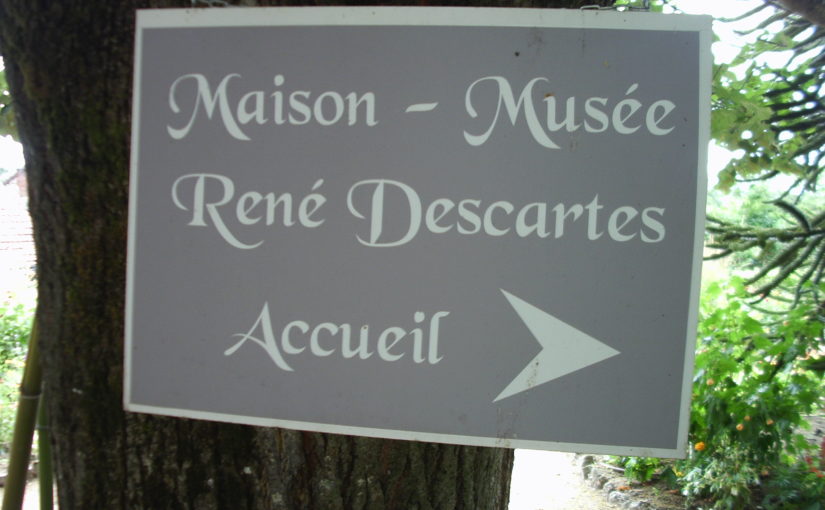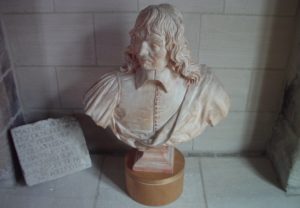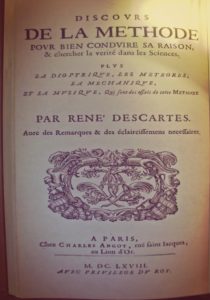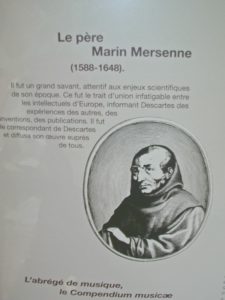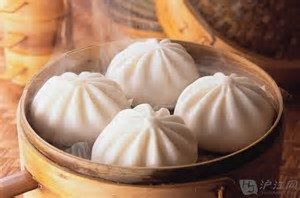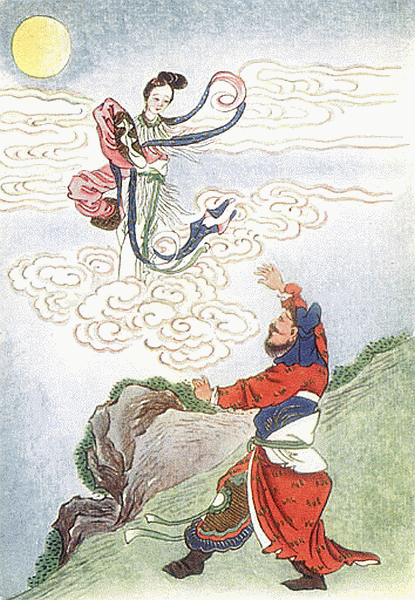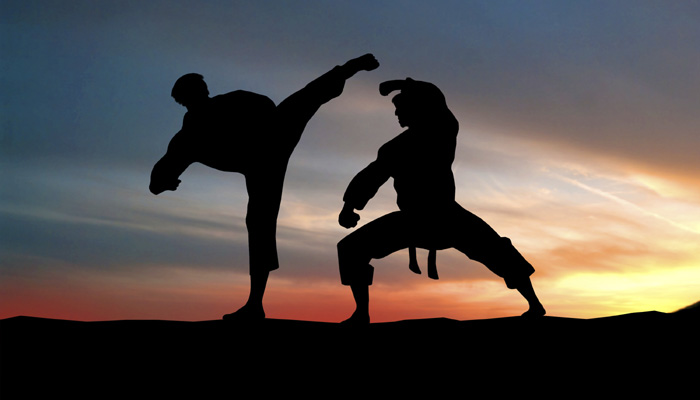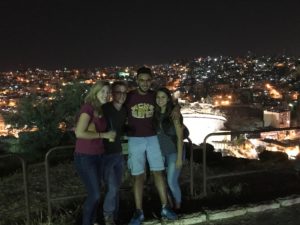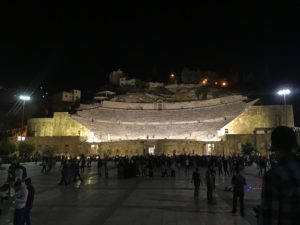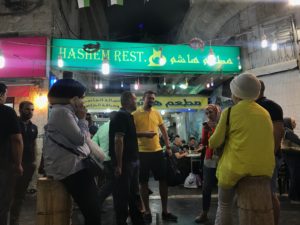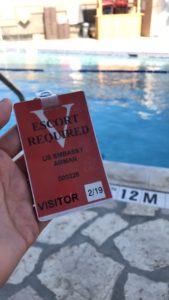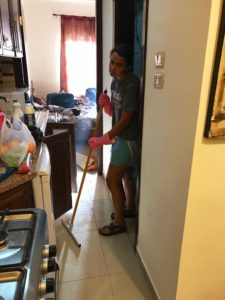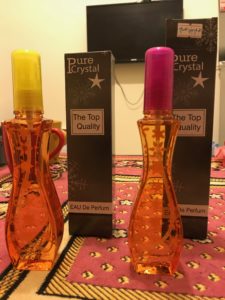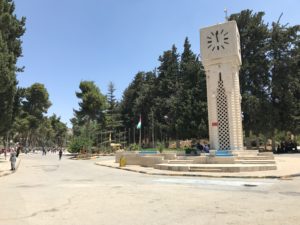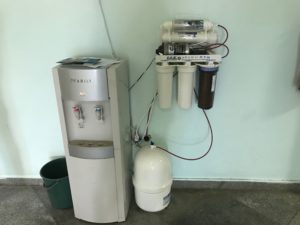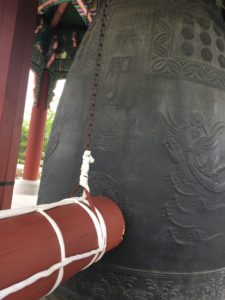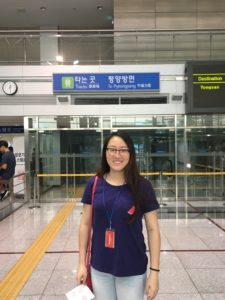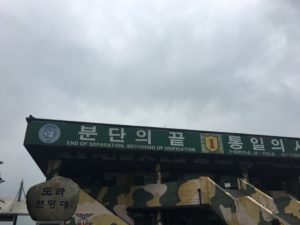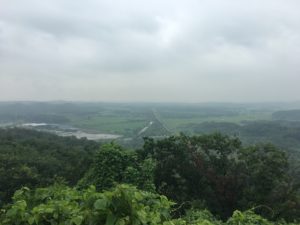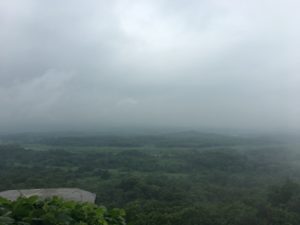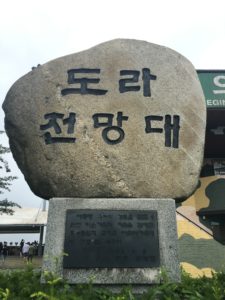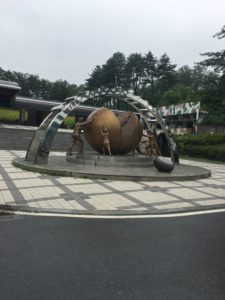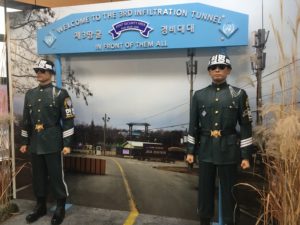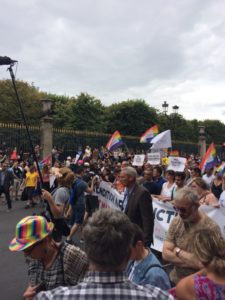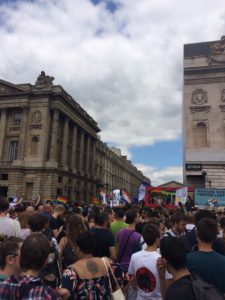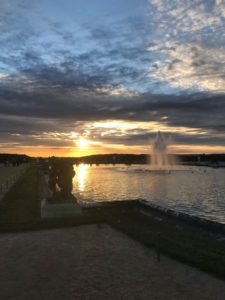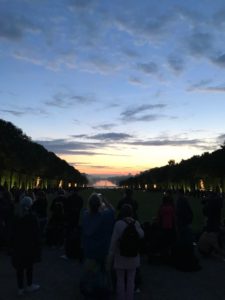(7.1.2017)
Naturally, when travelling to a foreign country, trying regional cuisine comes with the territory. While food unites people universally, food also gives personality to different cultures and regions. I recently learned that many Chinese consider dinner to be the most important meal. Families can eat breakfast or lunch casually, but for dinner, families eat together. I respect such strong familial bonds and devotion.
As for my own experiences, some of the major highlights of my trip involve food. Right from day one we were introduced to the Chinese dinner table culture. Once most of the students arrived and settled into their rooms everyone came together for our first taste of authentic Chinese food. The teachers told us they ordered “safe” foods for our first day. Minutes after we sat down dishes quickly filled up the turntable. Instead of having my own individual dish I had a chance to try several dishes, most of which I still do not know the name of. Since then I learned that I need to pace myself when eating with a group. Just as one dish on the turntable is consumed another comes out to take its place.
After that first day, I have made of point of trying as many different dishes as I can. From home-cooked meals to street food I have had more variety in my meals than I have over the span of my life. Rather than describe everything, I have included images below.


As part of our program the teachers treat the students to dinner every Friday. These “language tables” serve as both rewards for the students’ hard work throughout the week and as casual learning opportunities. The past two language tables included Peking duck and Hotpot. Peking duck is one of Beijing’s proud delicacies for a reason. As wonderful as the flavor of the duck meat and the texture of the duck skin were, I found the hotpot to be especially memorable.

Hot pot’s history extends as far as 1,000 years ago. Originating in Mongolia, hotpot first spread to Southern China. Unlike most unique cuisine, hot pot has been popularized around China. Most local cuisines stay in one area and remain a specialty in that province or city. Sometimes referred to as Chinese fondue, different variations of hot pot have emerged. Sichuan was the first to adopt hotpot. Today Sichuan hotpot, or Chongqing hotpot, is known to be spicy. Beijing often has lamp hot pot, Guangdong has seafood hotpot, and Hong Kong specialized in beef hot pot. Hot pot is further categorized into different soup bases and cooking methods. Some hot pots are dry, but most variations involving cooking at the table. Guangdong hot pot for example has a light soup base with an instant boiling method (涮 shuan = the act of placing foods into the hot pot). As soon as ingredients are cooked they are taken out and dipped into dipping sauces of one’s choice. Another variation includes cooked main meat. With this variation a meat flavor such as fish or mutton dominate the scent and flavor of the water. Yet another variation has all ingredients cooked. Instead of instant boiling, the pot is just meant to keep the food hot. A last type has different soup bases. Stock boiling for a while before using the instant boiling method. In this variation, dipping sauces are integral to the experience.
The restaurant our class went to is a well-known chain called 海底捞火锅 (Hai di lao huo guo). This chain is known for its service. According to one of the teachers if someone goes to eat hot pot alone the restaurant will provide a teddy bear for them to eat with. When we went, the service was extremely upbeat and friendly. Waitresses and waiters were prompt to bring dishes, take away dishes, and aid in the cooking process. Some students were even brought up to dance with the staff members. Later we also watched a young boy perform a sort of noodle dance. He spun and whipped around dough into strands of noodles that would be placed in our hot. We partook in the instant boiling process with two different soup stocks: mushroom on one side and tomato on the other. Timing is key for a successful hot pot experience. Thinly sliced meats, seafood, and various vegetables all have different cooking times. The waiters and waitresses tell the customs how long to cook each food. We were also given aprons and plastic bags for our phones and glasses. With the shàun method, the teachers unceasingly placed food on our plates as they prevented the boiling water from ever being empty. As a result, I ate much more than I should have that day, but I’m not really complaining. More so than normal I had a very balanced meal that day. My experience was extremely filling, yet fresh, delicious, and enjoyable. A sense of community accompanies the hot pot tradition. The concept of freshly cooked ingredients, sharing among friends and family, and gathering around a round table are all aspects of hot pot’s appeal. Hot pot is physically warming and heartwarming.

